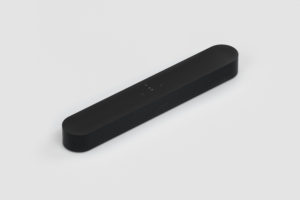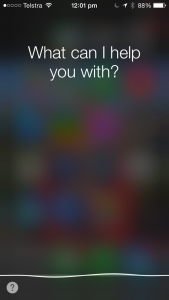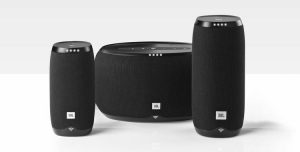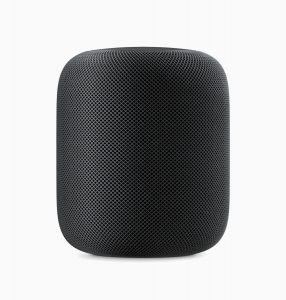You can prevent mistaken voice-assistant behaviour from your smart speakers
Article

The mute button on your Echo or other smart speaker is important if you want greater control over the voice assistant
You Should Mute Your Smart Speaker’s Mic More Often | Lifehacker Australia
My Comments
An issue that will plague people who own smart speakers like the Amazon Echo or Google Home is the device interjecting with responses when you or someone else unintentionally say certain words.
This is because these devices are typically set up to listen all the time for a particular “wake word” that actually invokes the voice assistant. It is part of the machine-learning that drives these voice-assistant platforms to understand what you say.
But you can have some control over these smart speakers to avoid this behaviour. Each smart speaker or similar device will have a hardware mic-mute switch on them, highlighted with a microphone icon on that switch. This effectively turns the device’s microphones on or off as you need and the article recommended that if the device is too “hair-trigger”, you should enable this function unless you are actually intending to interact with the voice assistant. This procedure would be similar to how you would work a voice-driven personal assistant that is part of your smartphone’s operating system where you deliberately press a button on the device or a Bluetooth headset to invoke that assistant before you say the wake word.
Beware of the situation where the button will light up when you enable microphone muting on your smart speaker. Here this may be a point of confusion because some users may think that the device is “ready” to speak to when it is infact not able to take commands. You may have to be familiar with how your smart speaker looks when it is ready to accept commands, including any lights that are on.
If your voice-assistant platform has the function to “edit” what has been captured like what Amazon Alexa can do, this function can be used to fine-tune what the voice-assistant is meant to respond to. The same control app or Website can be used to manage your smart speaker’s microphone sensitivity or change the “wake command” that you say when you start interacting with the assistant.
They even recommend that you disconnect the smart-speaker device from the power if you don’t intend to use them. Privacy advocates even suggest doing that in areas where you value your privacy like your bedroom or bathroom.
But personally I would at least recommend that you are familiar with the hardware controls that exist on your smart speaker or similar device so you are able to have greater control over that platform.











